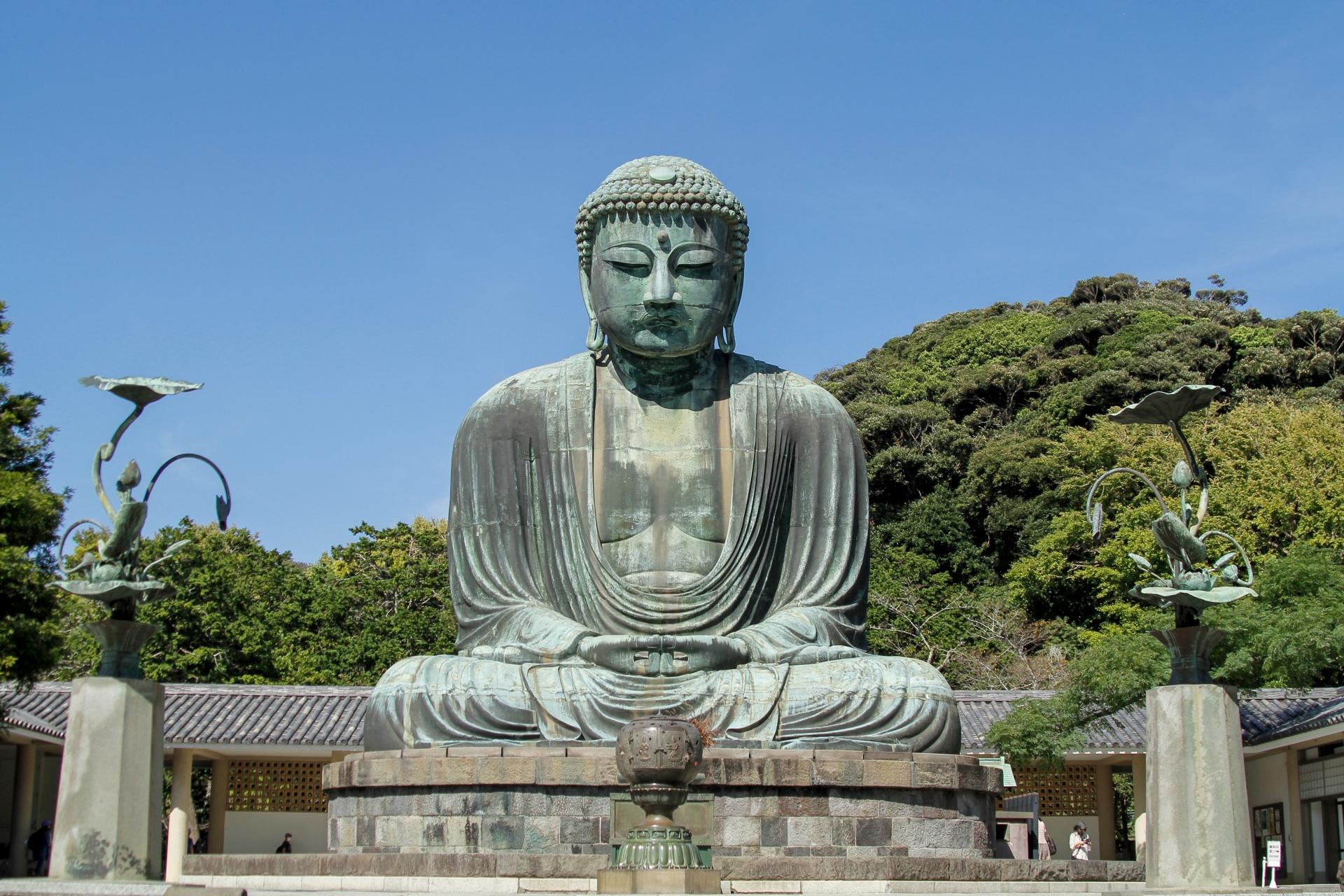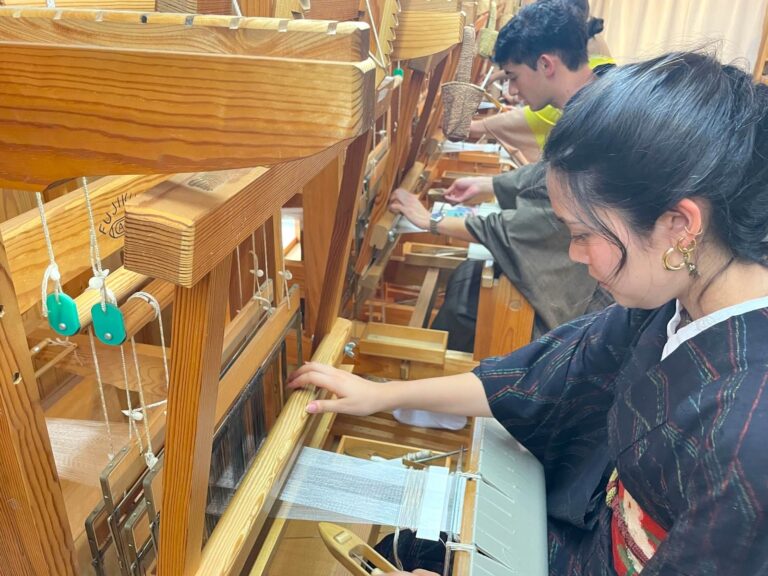Author’s profile
Miho Shimizu is a Japanese freelance author settled in Shizuoka along with her husband and two rabbits. Fascinated with touring on the age of 18, she has spent most of her lengthy holidays exploring unimaginable spots round Japan. She additionally likes to take heed to music, draw, and skim novels over a cup of inexperienced tea.
This publish could include some affiliate hyperlinks. Once you click on by and make a purchase order we could obtain some fee, at no further price to you.
In terms of faith, Japan is a various nation the place you’ll find a wide range of non secular beliefs that modify from area to area. From Shintoism and Buddhism, and among the world’s largest religions which have made their solution to Japan from different international locations, many non secular beliefs coexist in concord on this island nation.
All through historical past, these religions have had a major affect on the best way individuals assume, dwell, and make selections of their lives. What are the main or minor religions in Japan? How are they completely different, and what number of the Japanese inhabitants believes in them? Listed below are among the numerous religions in Japan!
1. Shinto
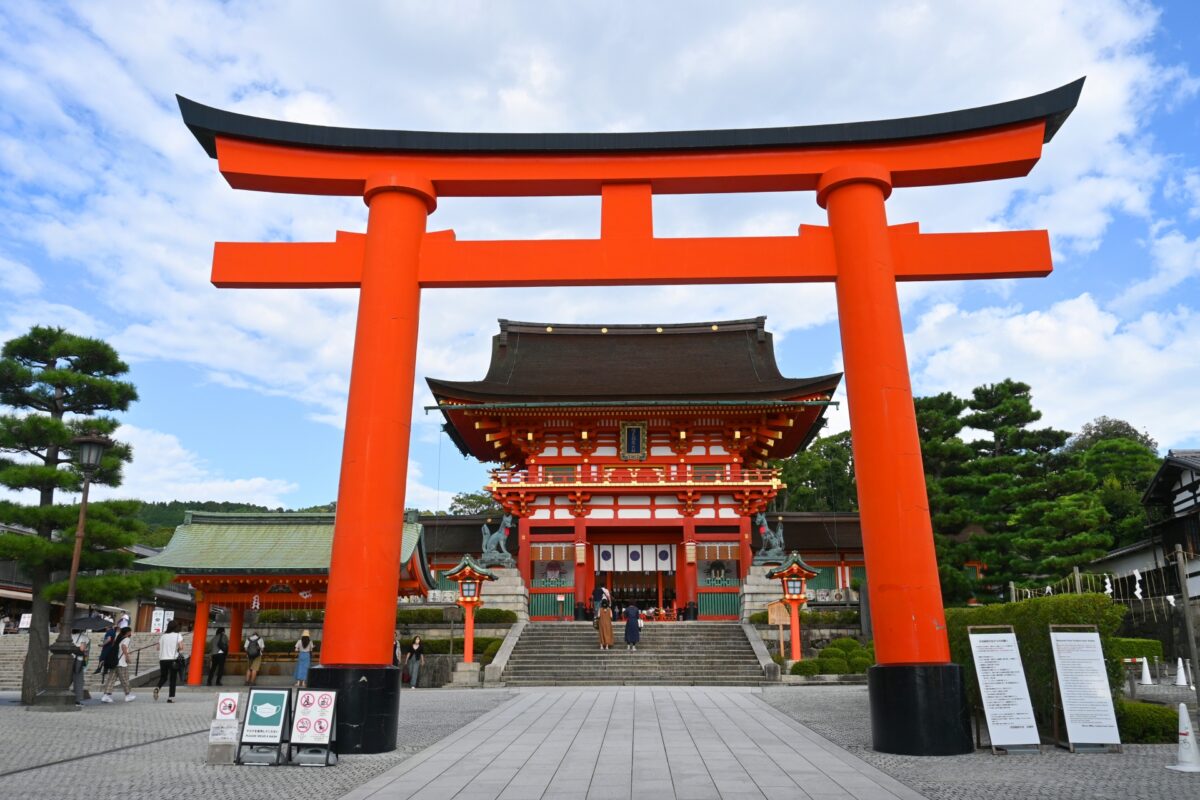
Shinto(神道), is the oldest steady faith native to Japan. There are a number of theories amongst historians relating to when Shinto first appeared in Japanese historical past. Some consider that the historical past of Shinto dates again to the Jomon Interval, which spans from 13,000 BC to 300 BC.
In the course of the time, historical Japanese individuals believed within the existence of the gods in every part, from residing creatures to nature, together with forests, rivers, and oceans. This non secular perception known as “animism,” which is deeply related to the basic ideas of Shinto.
Not like different main religions which have a key central determine, corresponding to Jesus Christ in Christianity and Muhammad in Islam, Shinto doesn’t have a selected deity that’s the topic of worship.
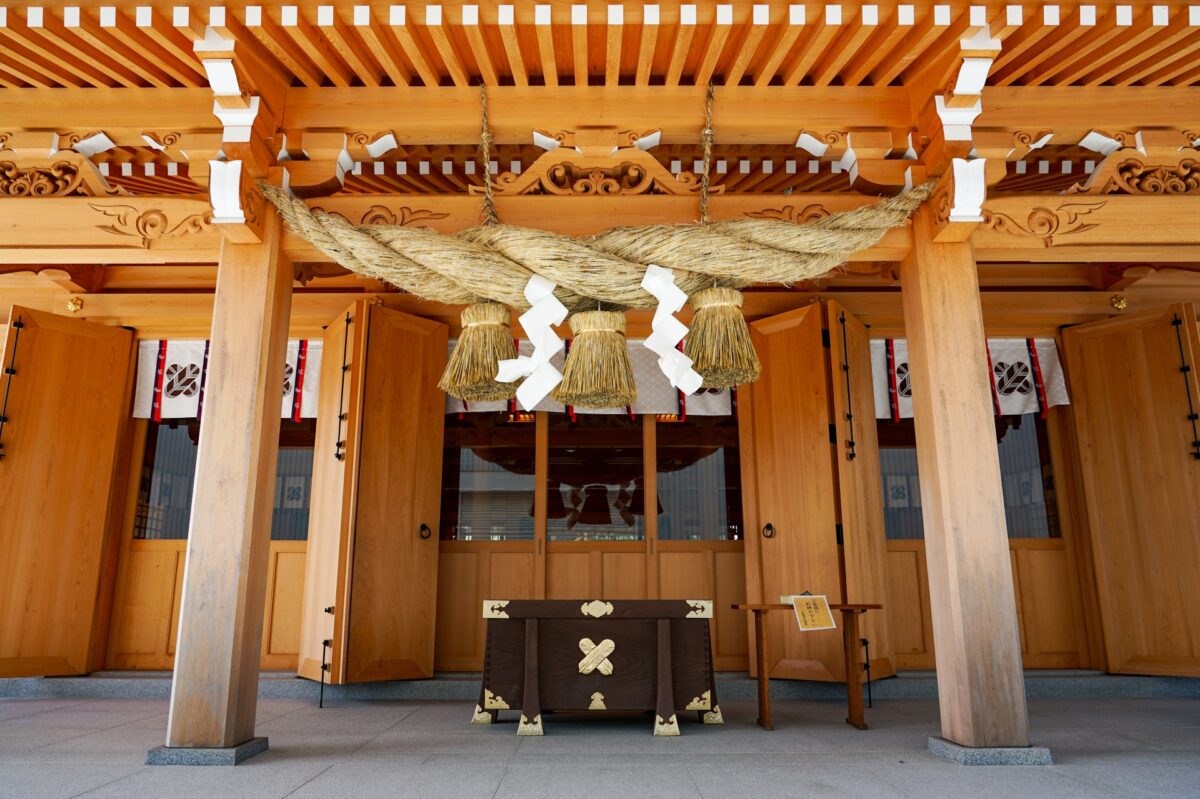
In Shinto, it’s believed that there are properly over 8 million gods that current themselves in all sides of day by day life. Shinto additionally doesn’t have constant written scripture or doctrine such because the Bible in Christianity or the Quran in Islam.
Shinto practitioners in Japan are estimated to be nearly half of the entire inhabitants. This implies Shinto has about 80 million followers throughout Japan, making it one of many largest non secular beliefs within the nation, together with Buddhism.
The most typical manner amongst Japanese individuals to apply Shinto is by visiting Shinto shrines to hope for gods on particular events corresponding to festivals and New Yr’s Day. However, many Japanese individuals don’t see themselves as non secular, and so they have a versatile perspective towards various kinds of non secular beliefs. Let’s study different varieties of non secular beliefs in Japan and determine why Japanese individuals name themselves “non-religious”.
2. Buddhism
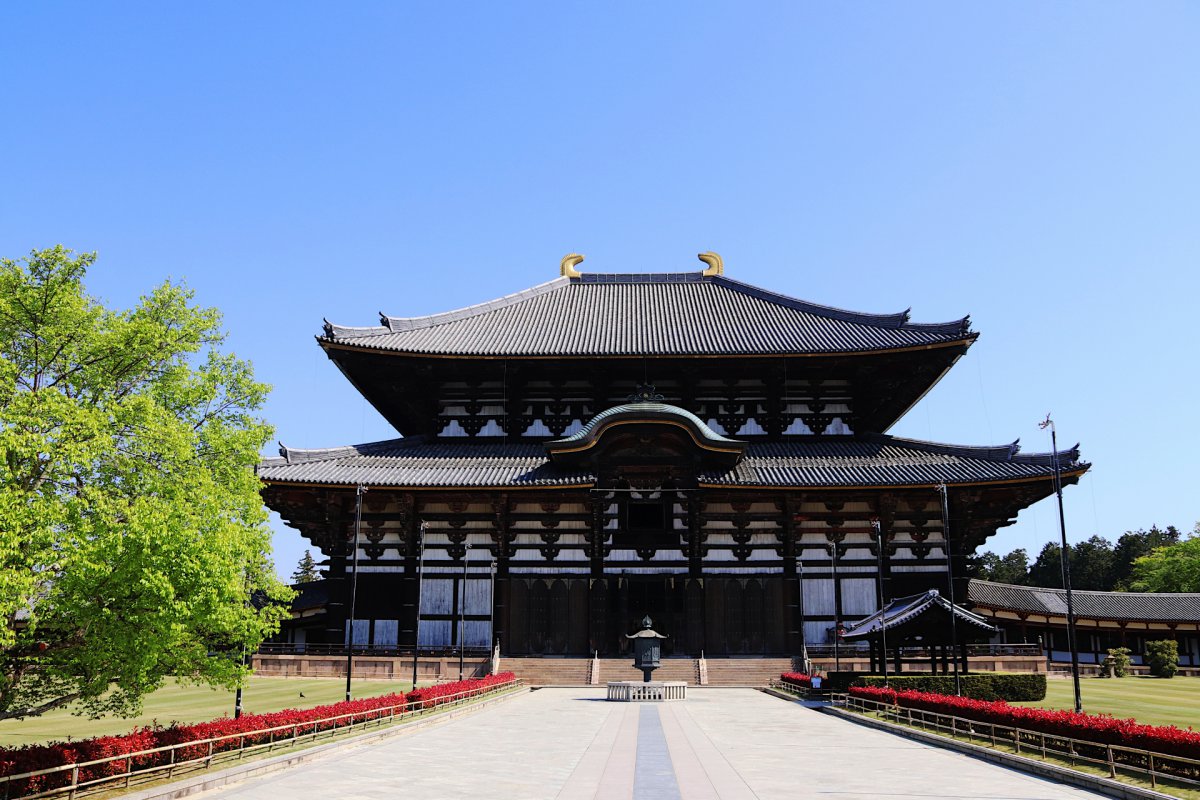
Buddhism has been an enormous a part of Japanese tradition and society since historical occasions. It was initially introduced from China across the sixth century through the Korean Peninsula. At first, there have been political conflicts amongst highly effective clans who had been involved in regards to the affect of Buddhism on Japan’s society. Some individuals accepted and supported Buddhism as a brand new non secular religion, whereas others had been strongly towards it.
After the political rows had been put apart, nonetheless, Buddhism instantly began to unfold throughout the nation, together with the institution of Buddhist temples. It was through the Heian Interval (794 – 1192) that Buddhism formally turned the nationwide faith of Japan.
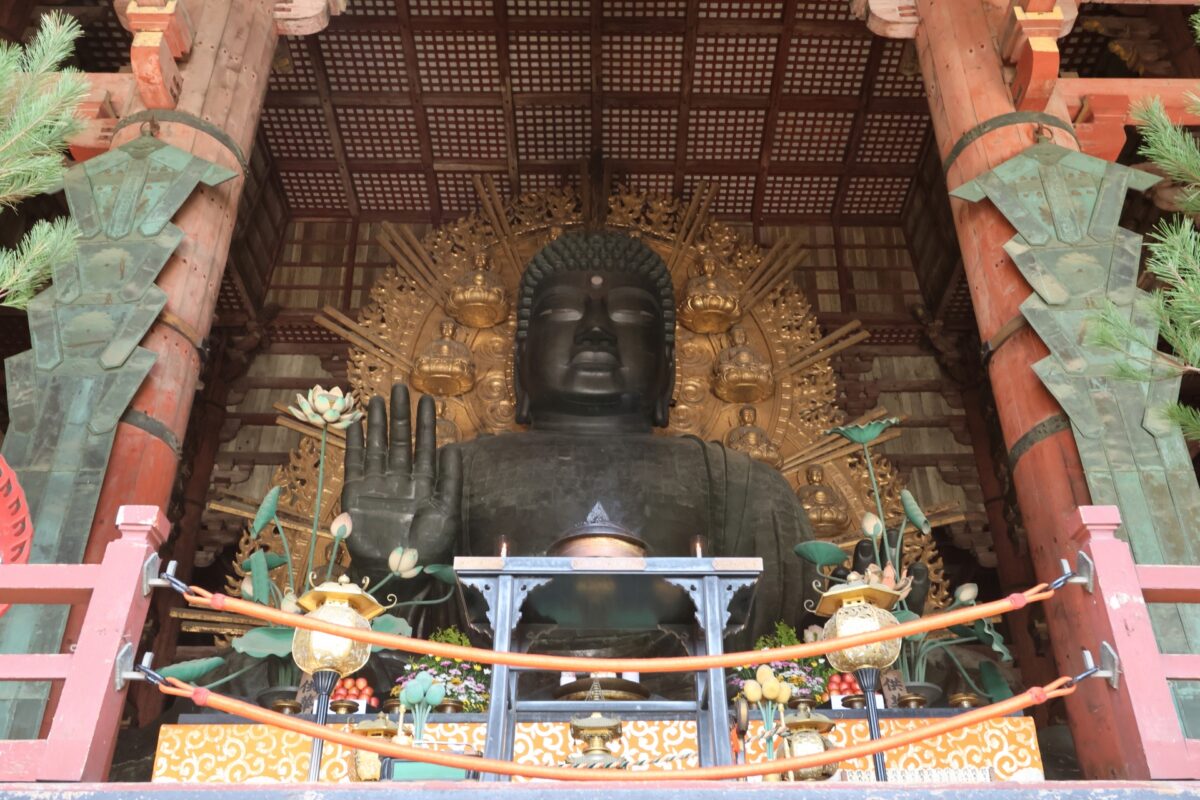
Right this moment, Buddhism is claimed to make up the virtually different half of Japan’s inhabitants. This additionally signifies that many individuals apply each Shintoism and Buddhism. From Buddhist alters at house to funerals held within the Buddhist fashion, we are able to simply discover the affect of Buddhism in on a regular basis life.
All through centuries, Buddhism has additionally been combined with Shinto in a wide range of features. That is referred to as “Shinbutsu-Shugo” (神仏習合), the fusion of Shinto and Buddhism. Even immediately, many Japanese individuals unconsciously apply each of those non secular beliefs.
One instance is “Hatsumode” (初詣), the primary shrine/temple go to of the yr. Shrines are the middle of Shintoism, whereas temples are the holy place of Buddhism for worship. Each websites are thought of sacred amongst Japanese individuals, and followers of each religions will frequent each.
3. Christianity
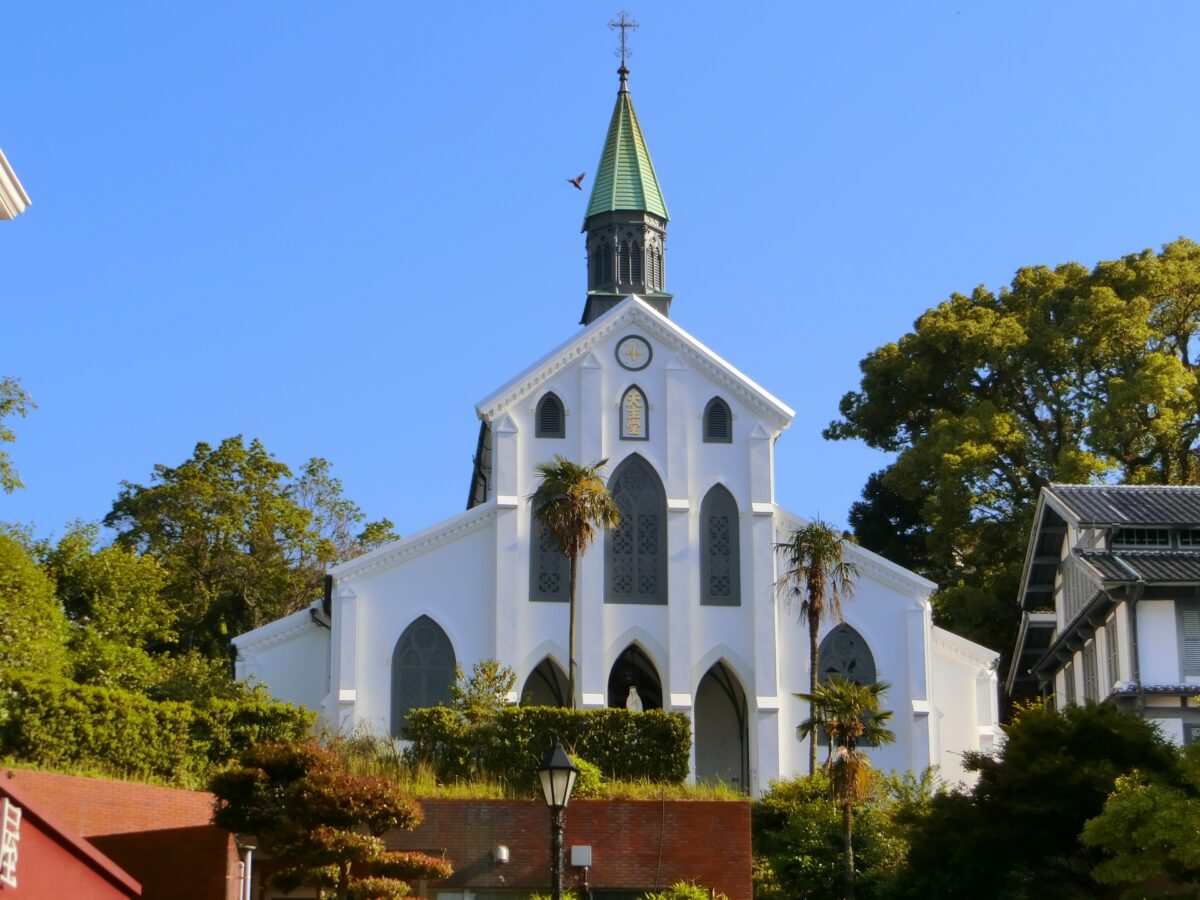
The introduction of Christianity to Japan occurred in 1549 with the arrival of a Catholic missionary generally known as “Francisco de Xavier.” Initially from Spain, he was despatched to Japan with a purpose to unfold the religion of Christianity throughout the nation.
He landed on Tanegashima (種子島), a small inhabited island in Kagoshima prefecture, and began his missionary actions within the Kyushu area. Some locals, notably round Nagasaki prefecture, turned passionate Christians and supported his missionary work.
Nevertheless, through the Edo Interval (1603 -1868), Christianity was strictly prohibited by the Tokugawa shogunate as a result of they had been afraid that its affect would undermine the authority of the shogunate. It was through the Meiji Interval (1868 – 1912) that Christianity was formally legalized by the brand new authorities, and other people had been lastly allowed to comply with their non secular religion freely.
Surprisingly, lower than 1% of Japan’s inhabitants are Christian. Regardless of the small variety of adherents, there are numerous numbers of lovely church buildings and cathedrals throughout Japan. Many individuals, particularly younger {couples}, have began to favor to carry their marriage ceremony ceremonies at church buildings in a western fashion slightly than in Shinto shrines, no matter their non secular beliefs. Some Christian structure additionally retains historic values and is commonly visited by vacationers from all over the world as fashionable vacationer points of interest.
4. Different religions in Japan
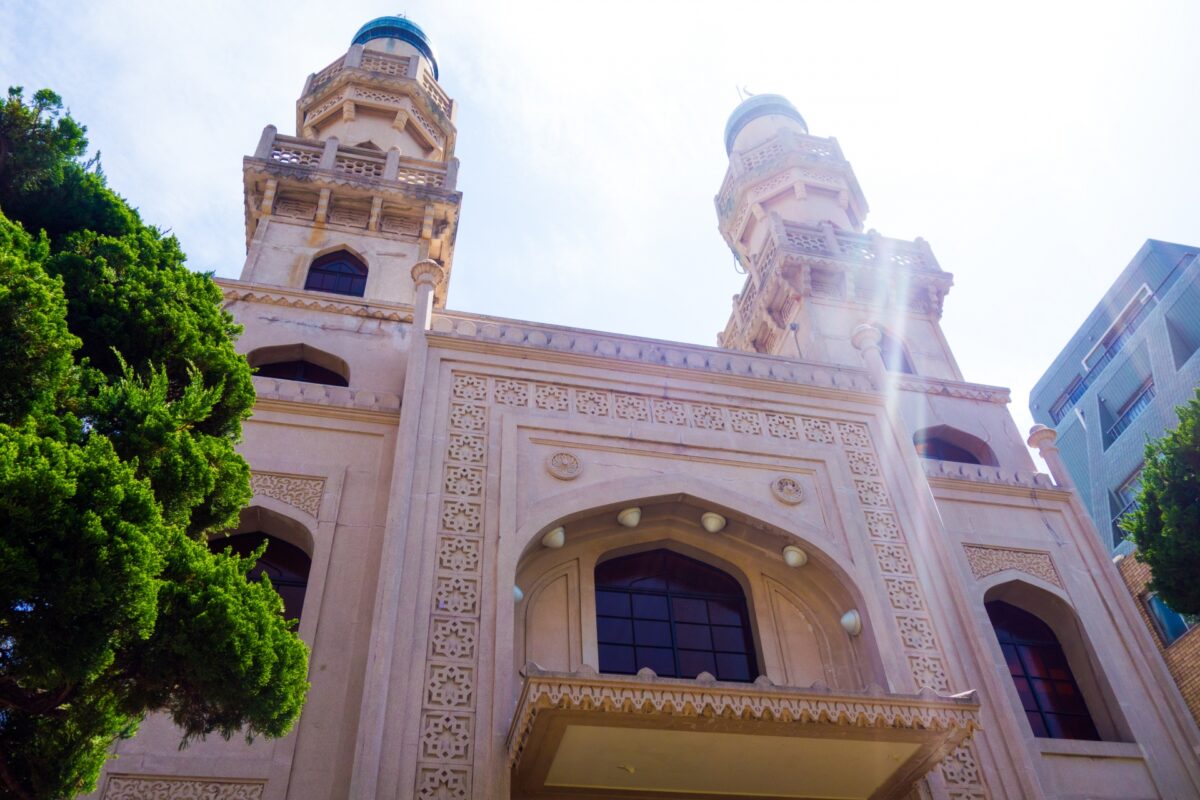
Aside from widely-practiced religions, there are a selection of different non secular that folks consider in in Japan. These religions are mentioned to account for under 3.8% of Japan’s inhabitants however nonetheless maintain a strong affect throughout the nation with the assist of adherents.
Islam
Islam is the world’s second-largest faith, with round 1.8 billion followers globally. There are estimated to be over 200,000 individuals who belong to Islam in Japan. This quantity has doubled over the previous ten years, and is continually rising yearly. The vast majority of Muslims in Japan is made up of immigrants from different international locations corresponding to Indonesia, Malaysia, and Turkey.
Bahá’í Religion
The Bahá’í Religion initially derived from Shi’a Islam and is among the two largest branches of Islam. This non secular religion was born and developed in Persia within the nineteenth century, which is part of The Islamic Republic of Iran immediately. The teachings of the Bahá’í had been delivered to Japan by two American adherents in 1909. Right this moment, there are Bahá’í communities throughout Japan, and so they usually maintain official gatherings for prayer.
Hinduism
Hinduism is the world’s third largest faith which is claimed to have over 9 billion followers all over the world. That being mentioned, Hinduism is thought to be a minority faith in Japan, with a small variety of followers who’re largely from India or Nepal. Each Hinduism and Buddhism originated in India, and due to this fact they’ve some similarities in widespread.
Judaism
Judaism has about 2,000 followers in Japan, and most of them are primarily from Israel. The primary Jewish individuals appeared across the fifteenth – sixteenth century and settled in Kobe and Nagasaki, which had been formally authorised by the federal government as international settlements. These cities performed an vital function as the middle of Jewish communities earlier than World Conflict II. There’s presently a Jewish Neighborhood Heart within the Hiroo space, Tokyo, and another places round Kobe metropolis in Hyogo prefecture.
Distribution of Perception Tendencies
As of December 31 2023, the variety of believers in Japan is as follows:
| Shinto | 83,371,429 individuals (48.4%) |
| Buddhist | 81,069,419 individuals (47.1%) |
| Different | 6,545,257 individuals (3.8%) |
| Christian | 1,246,742 individuals (0.7%) |
Supply: Company of Cultural Affair
Since many Japanese individuals regard themselves as not non secular, it is likely to be tough for international vacationers to grasp how a lot religions matter of their lives. Japanese individuals flexibly and naturally incorporate the weather of a number of religions of their day by day lives and peacefully apply the teachings of every faith. Non secular range in Japan additionally means there’s at all times a cushty group for everybody to hitch, no matter their non secular backgrounds or nationalities. Whether or not you consider in one of many main religions or minor ones, you’ll by no means really feel alone in Japan!
Japan Surprise Journey Excursions
Japan Surprise Journey is a journey company that provides guided excursions all through Japan.
From non-public strolling excursions to scrumptious Meals and Drink excursions, we may also help you set up the very best excursions only for you! If you wish to discover Japan and study extra in regards to the historical past and backstories of every space you’re visiting, our educated and pleasant English talking guides will fortunately take you to the very best spots!
As well as, we are able to offer you any help chances are you’ll want in your upcoming journey to Japan, so please be happy to contact us when you’ve got any questions or want some assist!
▶Tokyo Tsukiji Fish Market Meals and Drink Tour
Discover probably the most energetic and fashionable fish market in Tokyo and check out among the native’s favourite avenue meals and sake with one in every of our pleasant and educated English talking guides!

▶Tokyo 1–Day Highlights Personal Strolling Tour (8 Hours)
There’s no higher solution to discover an space than taking a tour with a educated native information. You should have the possibility to study in regards to the historical past and fascinating background tales of Tokyo, in addition to uncover some hidden gems which could be exhausting to do and not using a information.
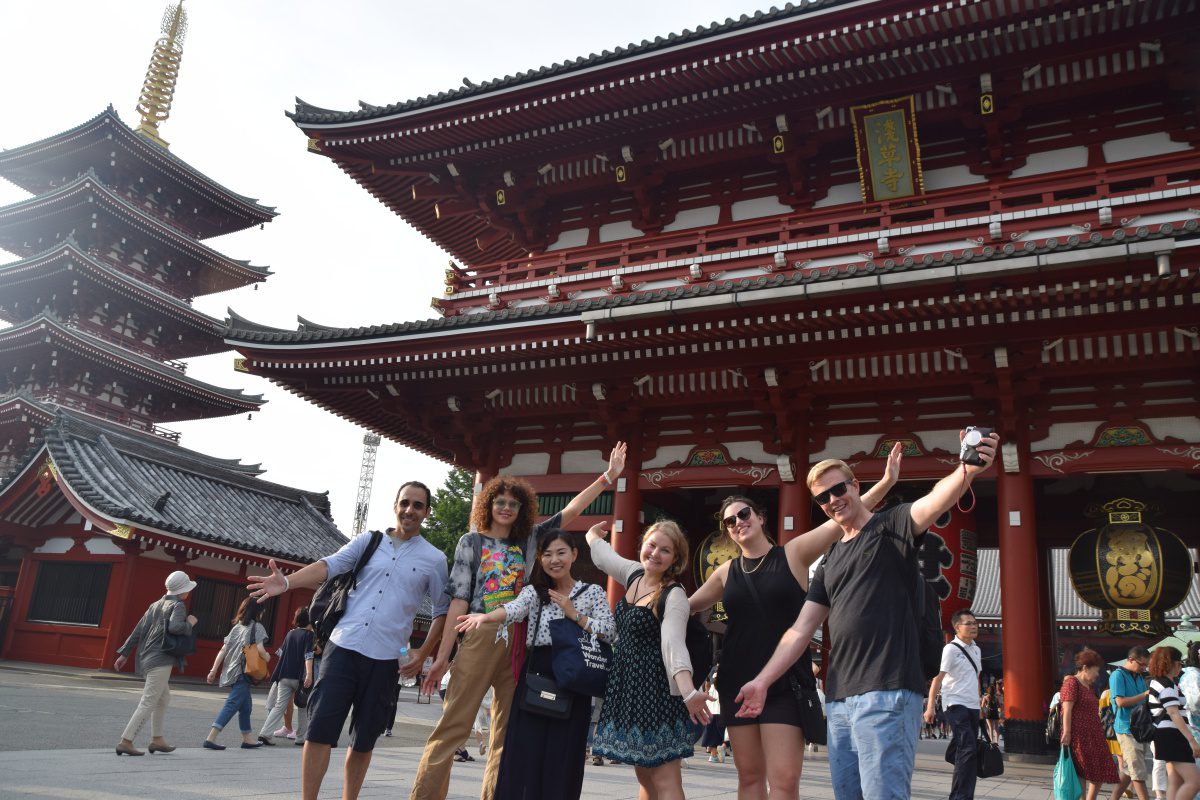
▶Mt. Fuji Day Journey Bus Tour from Tokyo
Expertise the breathtaking views of Mt. Fuji by visiting the highlights of the realm on our guided sightseeing bus tour! Departing from Shinjuku in central Tokyo, you’ll be able to journey comfortably to all the finest spots within the space by bus.
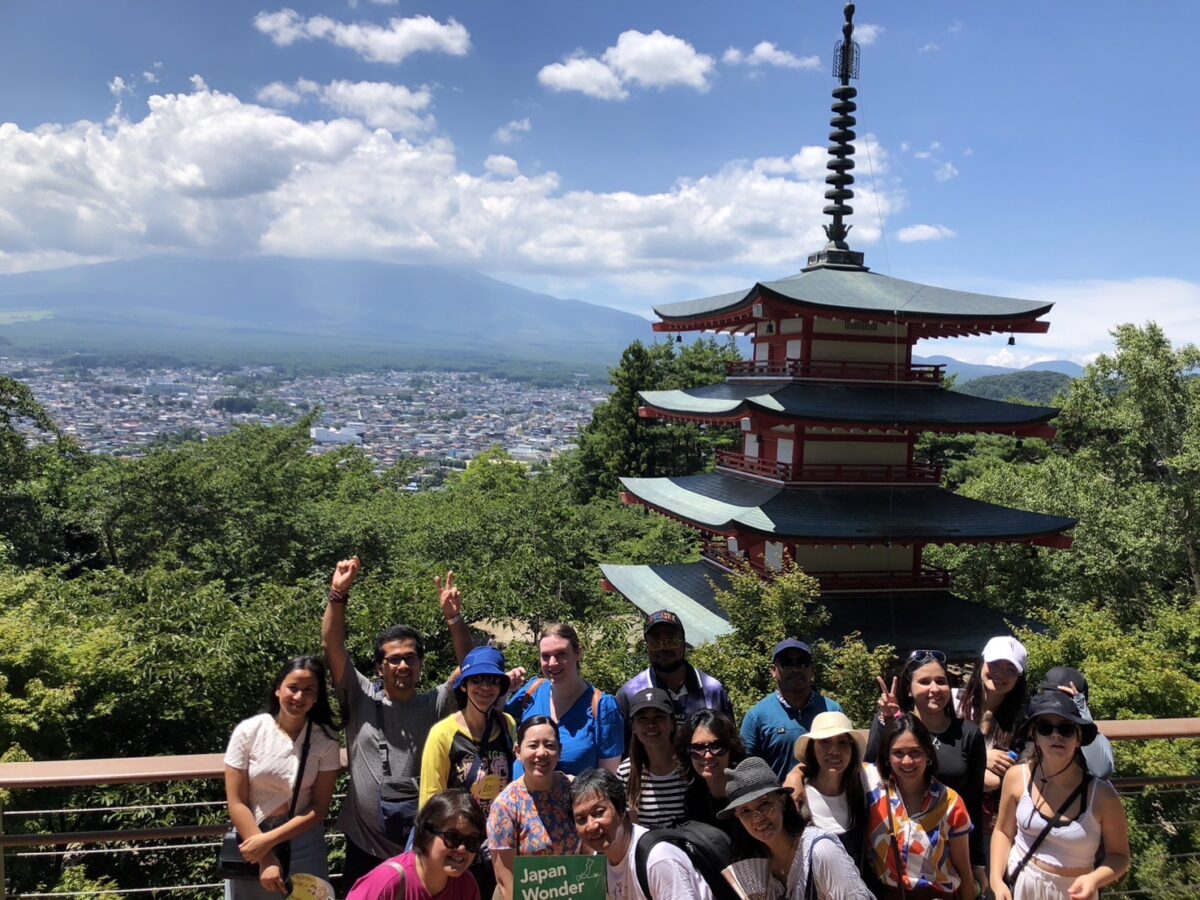
▶Kyoto Personal Full Day Strolling Tour
On this full-day non-public tour of Kyoto, it is possible for you to to see the highlights of Kyoto in simply at some point and on the identical time develop a deeper understanding of each the tradition of the realm and Japan as a complete.
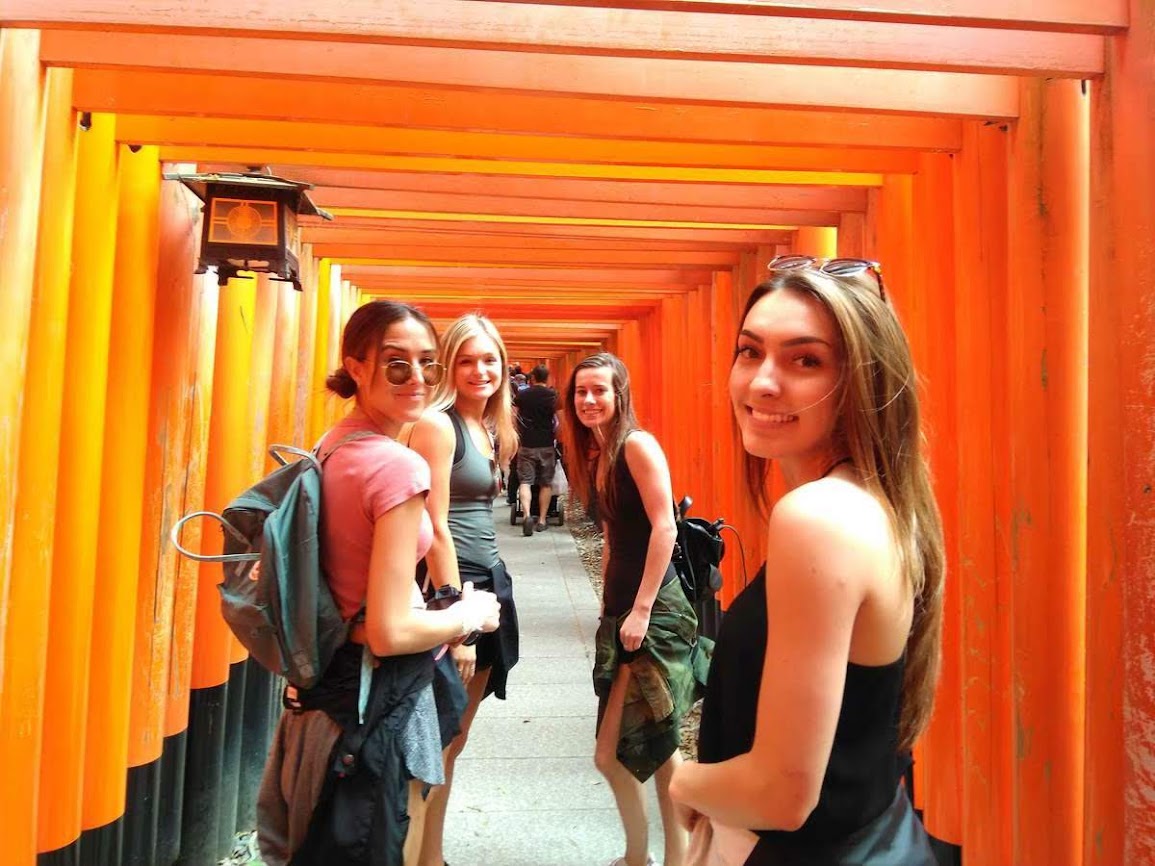
Comply with us on Instagram, Fb, Twitter, and TikTok for extra journey inspiration. Or tag us to get featured!
Blissful touring!

